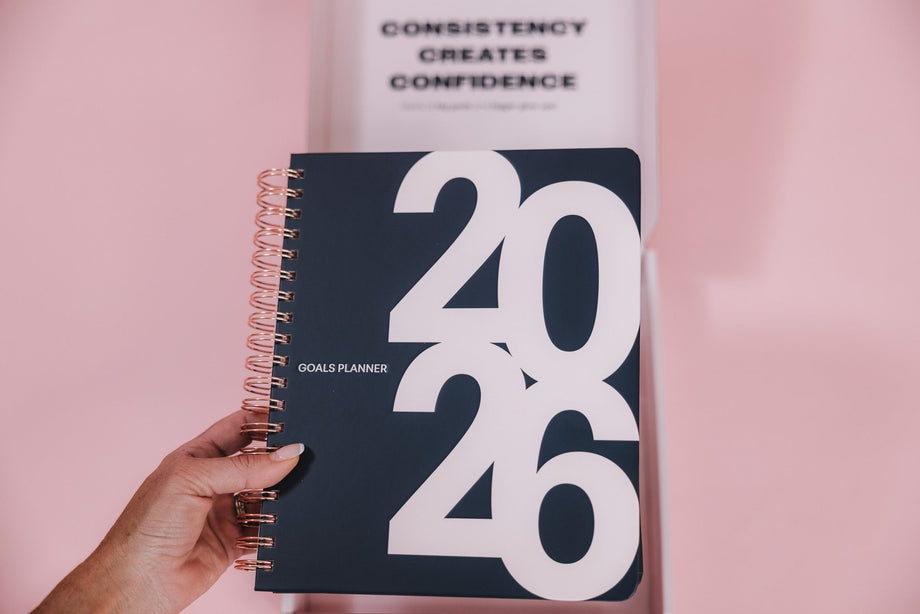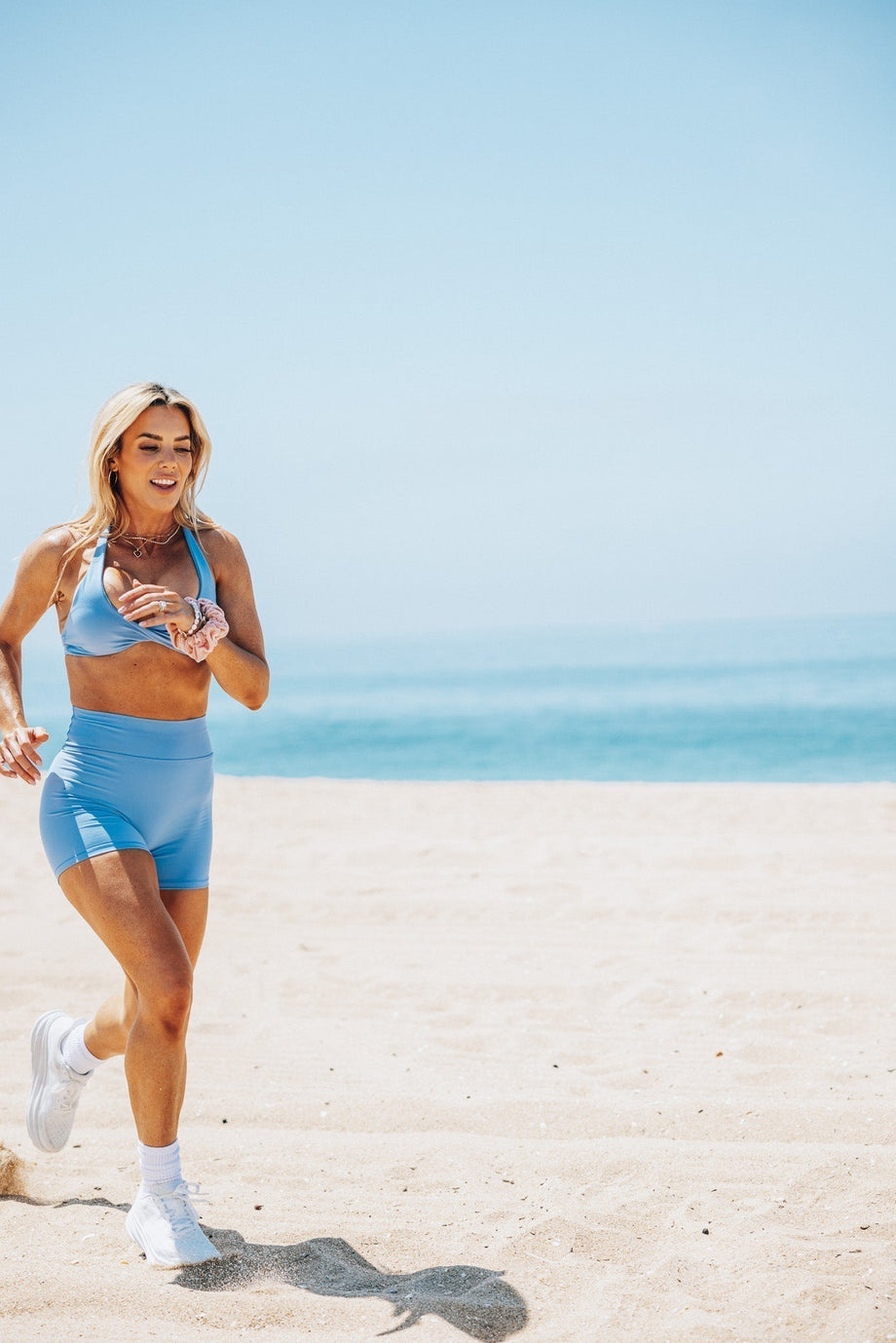Phase-Based Training
Your body changes throughout your menstrual cycle. No surprise there, right? So why is it that so many women — myself included, for a long time! — expect the same performance and results from their bodies all the time, regardless of where they are in their cycle?
Like, when your PMS has you feeling super low-energy, planning a major HIIT workout is just going to leave you dreading your sweat sesh. On the flip side, sticking to a rest day when you've got a ton of energy doesn't really make sense, either.
A lot of women benefit from going with the flow, and by flow I mean the actual flow of our menstrual cycles. With phase-based training, which basically means planning your workout schedule around your menstrual cycle, you get a way to align with your body.And the best part is, you can adjust yourMOVE app workouts to work for you!
A woman's menstrual cycle is divided into four phases:
menstrual phase: starts on the first day of your period and usually lasts 3-7 days
follicular phase: starts on the first day of your period also (so you have some overlap with the menstrual phase) and ends when you ovulate. This phase ranges from 11 to 27 day, but usually lasts about 16 days.
ovulation phase: If you have a 28-day cycle this will usually hit right around day 14. I lasts about a day.
luteal phase: after the egg is released during ovulation you'll enter luteal phase that usually lasts between 11 to 17 days - on average this will be a 14 day phase.
If you want to take phase-based training for a spin to see if it helps you, it pretty much just comes down to understanding your cycle and what's realistic to expect from your body in each phase.

Understanding the physical impacts of our menstrual cycles
Legit scientific studies show that our performance fluctuates with our menstrual cycle. Let's take a look at the main parts of the menstrual cycle and how they affect you:
When your period starts (menstruation)
When our flow first hits and in the five-ish days that come right after, we're in a prime position to build muscle. That's because our testosterone levels are at their highest point. You might not feel like doing an intense exercise routine, but you should do make it a priority to do some strength training. Pilates or yoga can be great options here. To help yourself get even better results from whatever muscle-building workouts you do, add some extra protein into your diet.
Right after it ends (follicular phase).
You're probably in a pretty good mood, and it turns out that it's not just because the worst is behind you. After you stop menstruating, your estrogen levels spike, and this can give you a burst of energy. Take advantage of it to get some calorie-torching exercises in, like HIIT workouts or sprints. If you're looking to add a little something to your workout routine while you've got the juice, throw in the Daily 10 in our MOVE app!
About a week later (ovulation).
Roughly two weeks after your last period started, your body starts to release an egg from your ovary. During ovulation, your progesterone levels go up — and that makes recovery extra important. Ovulation usually lasts about a week, and it's a great time to lean into rest days and low-intensity steady-state (LISS) training, like hiking, swimming, cycling, or taking a long walk.
During PMS (luteal phase).
In the last handful of days before you start bleeding again, you're probably going to be dealing with a bunch of unwelcome symptoms (hi, anxiety, cramping, and acne!). But don't plunk down on the couch to wait it out. Staying moving can help with PMS symptoms, especially if you choose workouts that get your heart rate up, like the ones in our LSF App. If PMS really gets you down, adding some Miss Congeniality into your routine can help, too!
Staying in tune with yourself
That's a pretty broad overview of what to expect during your menstrual cycle. But all of our bodies are different. And phase-based training gets a lot more useful when it actually aligns with what's going on for you physically and mentally.
The trick is to start paying close attention to your cycle and how you feel throughout it. You'll probably start to notice some patterns. Then, you can start to tailor your workout plan to sync with what your body needs.
One quick thing here: there's a big difference between mentally not feeling it and physically not feeling it. Before you decide to cancel a workout, really check in. Is your physical body begging for rest? If so, by all means, take the day. Try some gentle stretching and a relaxing bath.
But if you're wanting to skip your workout because motivation is a challenge or you're feeling down in the dumps mentally, reconsider. Sticking with your planned sweat sesh might be just what you need to turn your headspace around. My challenge is to do it for ten minutes. If you're still feeling awful ten minutes in, give yourself a break. But a lot of the time, just getting over that hurdle of getting started is all it takes.
Basically, phase-based training isn't supposed to be a get-out-of-jail-free card to let you skip workouts. And it's not supposed to be a reason to push through even when your body needs a break. Instead, it's a way to tune in with yourself and to better understand how your menstrual cycle affects you. Then, you can adjust your workouts accordingly.
Here are some of my best tips for incorporating phase-based training into your routine:
- When you're feeling tired:
- Try following along with an LSF video — it can help to motivate you
- Swap weights for bodyweight workouts
- When you're feeling good:
- Swap planned LISS workouts for HIIT to capitalize on your energy
- Add a little more weight to see if you can hit your personal best










Join the discussion